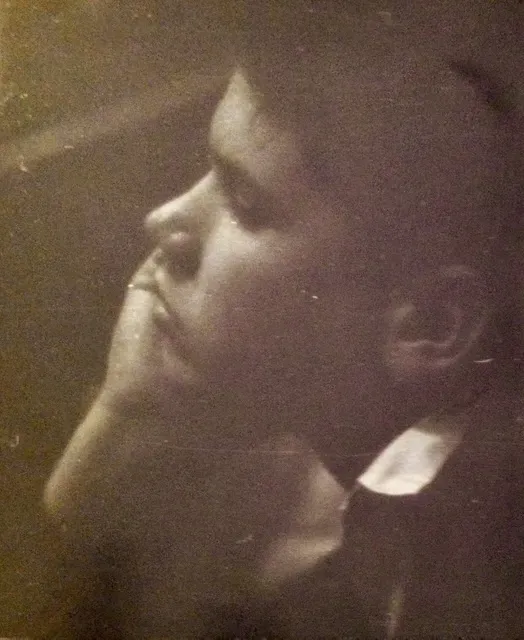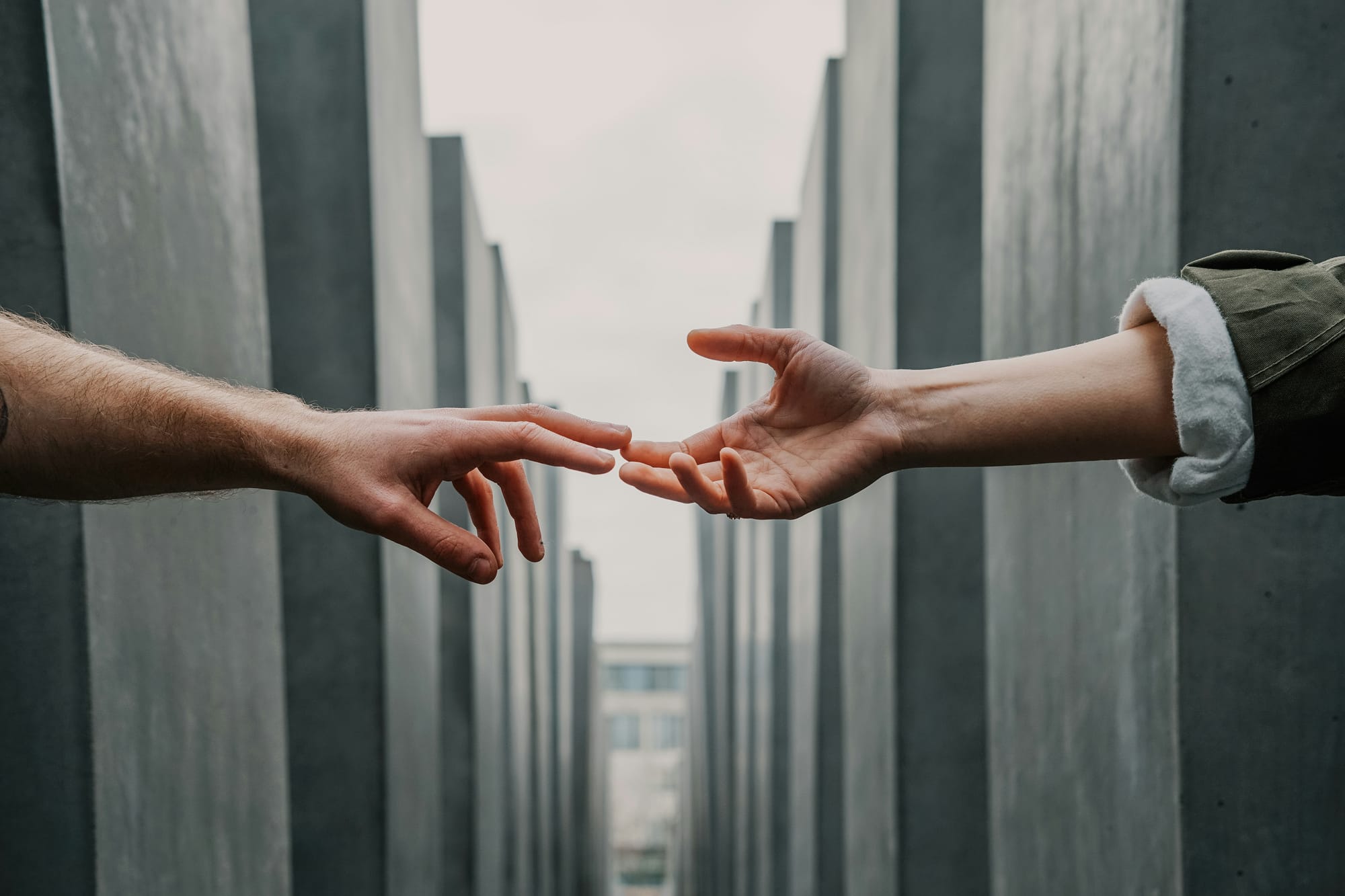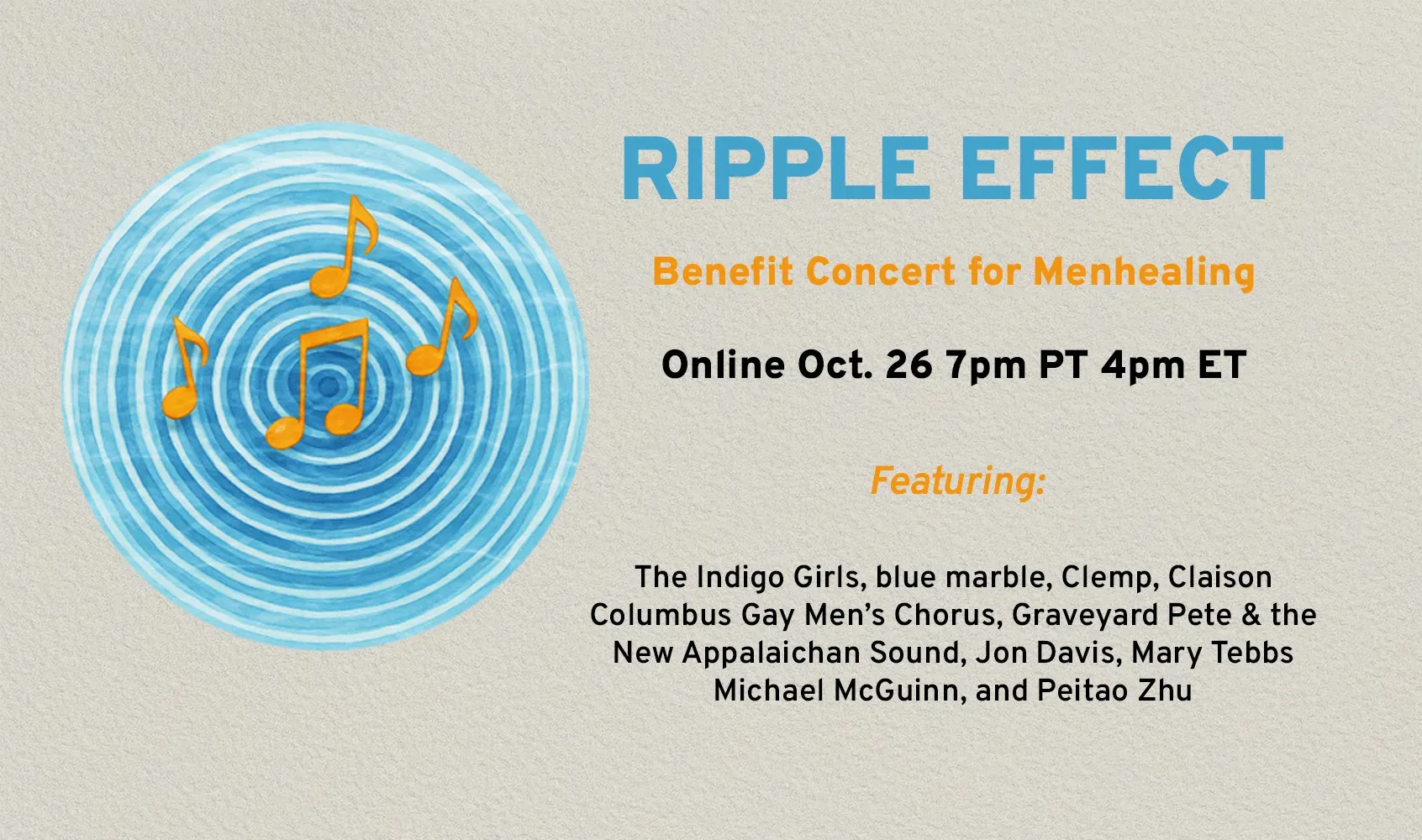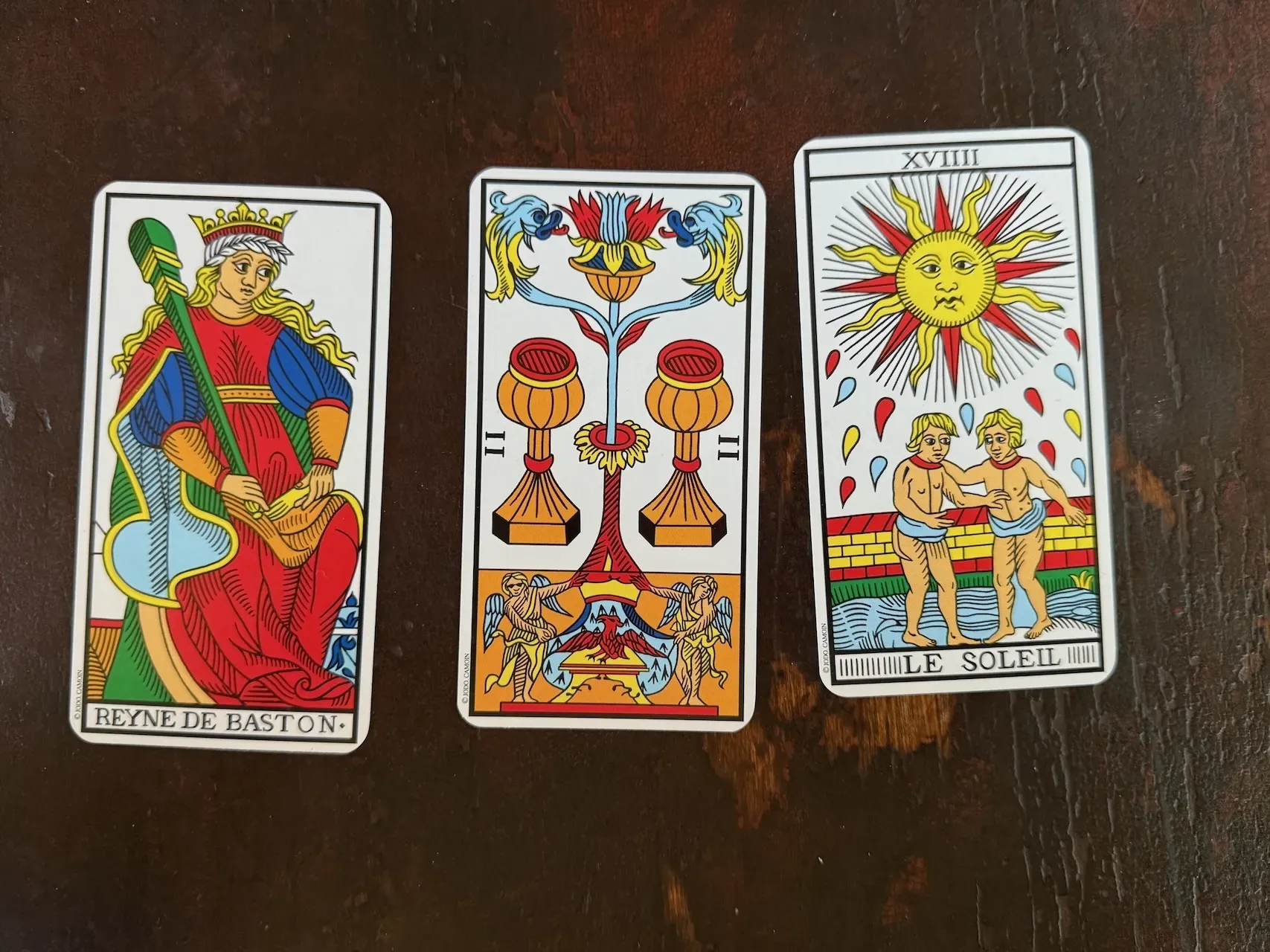Table of Contents
One act of sexual assault is enough to rupture a life. One instance of child sexual abuse is enough to shatter a sense of safety and reorder the architecture of the world. Research confirms what survivors already know: a single violation is catastrophic. It is the most costly of crimes, leaving wreckage that lasts for decades—lost trust, broken relationships, therapy that never feels finished.
But for many of us, it did not stop at one instance of violence. The original wound was followed by others—repeated abuse, relentless emotional cruelty, extreme physical punishment that became routine. Unless the mind closes off memory entirely, the aftershocks arrive unbidden. They intrude. They stalk us into adulthood. They continue.
For me, one of those aftershocks is the sound of rabbits screaming. Not literally—but inside my head.

I was seven when my father decided to raise rabbits for food. One of them had become my pet. My sisters loved the rabbits, too. But when the day came for slaughter, we all ran screaming and crying attempting to protect our bunnies. It was no use, and my father forced me to watch, insisting it would “toughen” me up. My screams mingled with the piercing cries of the rabbits—cries like those of babies, desperate and pleading for help.
I had never seen anything so horrifying. The sound never left me.
Decades later, I still hear it. Almost every day.
It is not uncommon for survivors of trauma to carry intrusive memories. They surface without consent: in dreams, in moments of stillness, sometimes in the middle of joy. The body remembers what the mind cannot control.
But here is the paradox: in that unbearable sound, I have also begun to discover something transformative.
With the help of a skilled therapist, I’ve worked with prolonged exposure therapy. The method is simple, though excruciating: you recount the trauma in detail, record it, then listen to it every day until it loosens its grip. I first used this process to revisit one of the most devastating sexual assaults of my youth. It took six months of painful repetition. But over time, the sharpness dulled. The memory remained, but it no longer dominated my inner life.
Now I’m doing the same with the memory of the rabbits. Each day, I return to that backyard, to my seven-year-old self, to the screams I could not silence. It is still difficult, sometimes overwhelming. But it is changing.
The screams are becoming teachers. They remind me of what must never be forgotten:
- That children are exquisitely vulnerable, and what we do to them reverberates across lifetimes.
- That the innocent—whether children or creatures entrusted to our care—deserve protection, not betrayal.
- That every act of cruelty leaves a sticky, clingy residue, and so every chance to prevent trauma is sacred.
The rabbits still scream. But I no longer hear only torment. Their cries are also a call—to bear witness, to protect, to choose tenderness in a world that too often mistakes cruelty for strength.
I can still hear the rabbits scream. But I am learning how to answer them.




